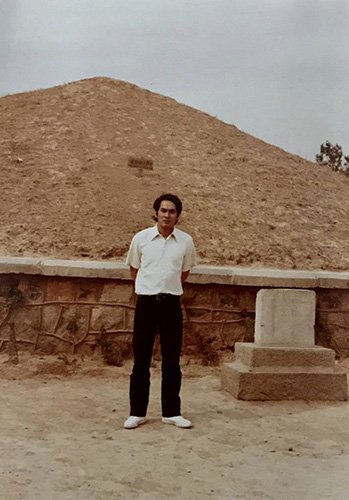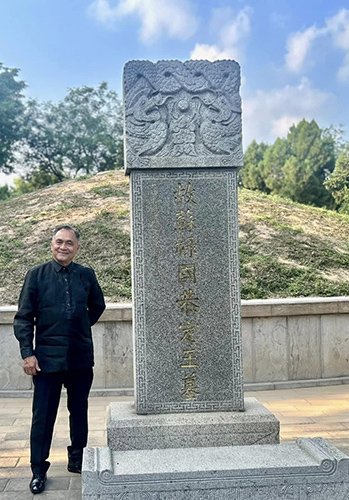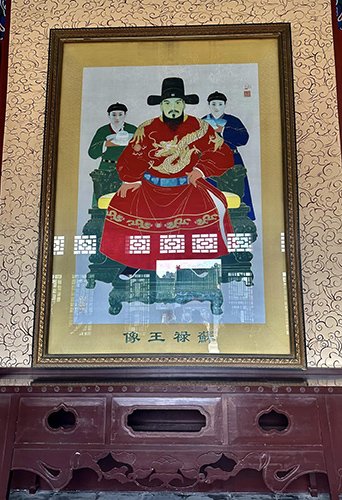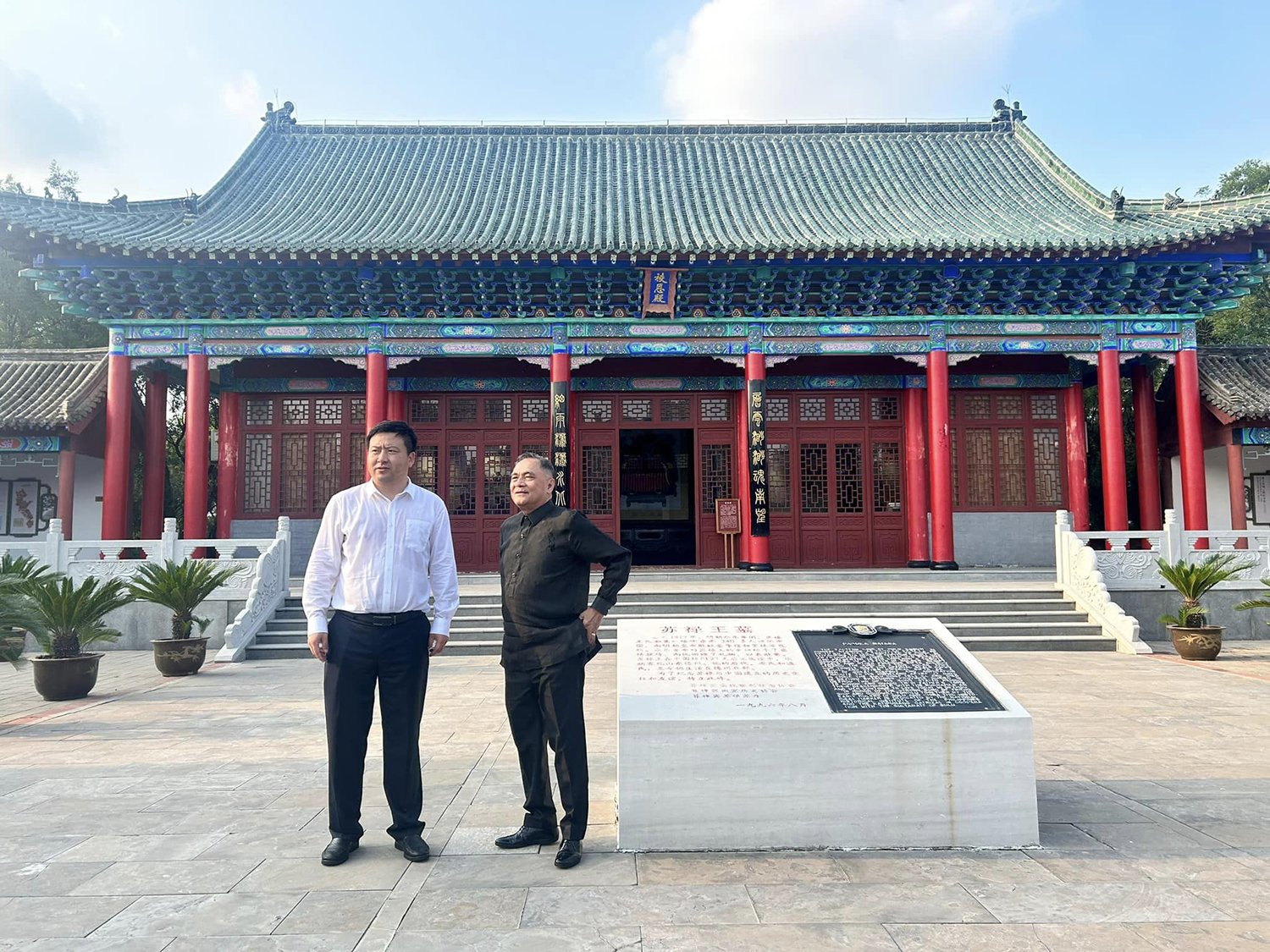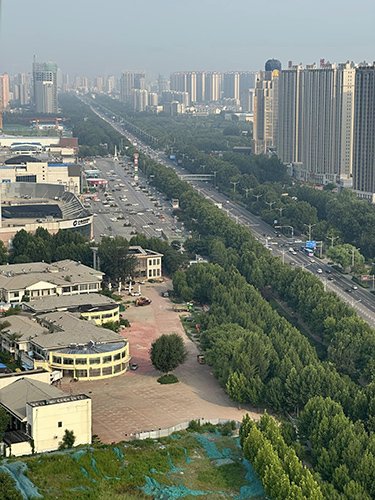Sultan of Sulu
/In 1980, I bought a train ticket to Shanghai, and one-fourth of the way got off in Dezhou, looking more or less like a local. At the station I asked for directions to the tomb, but no one seemed to know. I rented a bike and asked around.
This was me and the rented bike.
This was the curious me in 1980.
Same place 43 years later.
An hour later I finally found it. In a sprawling but sleepy compound, the tumulus was a bare mound with a modest stone marker planted in front. Nearby stood an imperial stele with a decree by a Ming dynasty emperor memorializing the deceased Sultan.
This is an epic. Over 600 years ago, the Sultan led an entourage of over 300 people from his kingdom in southern Sulu and embarked on a goodwill journey to China. Carrying trading goods and gifts, they sailed along the ancient “maritime Silk Road” route, stopped in Brunei, and made their way to Beijing, where the Sultan was ceremonially received by the Ming Dynasty Emperor Yongle.
On their return voyage a month later, the Sultan died of illness in Dezhou, a rural town in Shandong Province. To honor him, the Chinese Emperor decreed a solemn burial.
This was how the Sultan looked like. An imperial-era portrait of the Sultan of Sulu hangs in the museum.
Fast forward to now: I am back in Dezhou to revisit the Sultan of Sulu’s tomb. It’s now a well-kept national historical site, featuring new pavilions and a small museum. It even added a new mosque open to Moslem worshippers. Most surprisingly, nearby I visited the three tombs of the Sultan’s consort and their two princes.
Entrance into the compound, designated as a nationally protected historical site.
After the Sultan was buried, I am told, most of his entourage went home. Later his consort and two sons returned to live in Dezhou. Hundreds of their descendants still live in Dezhou and other places in China.
The three tombs of the Sultan’s consort and their two princes. They sailed back to Sulu soon after the Sultan’s death but later returned to Dezhou and lived there the rest of their lives.
These tombs and the historical relics preserved here are fitting symbols of the centuries of Philippine-China exchanges through diplomacy, trade and people-to-people ties. It’s a good story waiting to be told and retold.
Some artifacts were also on display.
A section of Dezhou today, much changed and energetic.
For more information about the story of the Sultan of Sulu in China: https://www.esquiremag.ph/long-reads/features/ming-dynasty-tomb-for-sulu-sultan-a2765-20220524-lfrm
https://koryogroup.com/blog/around-china-the-tomb-of-the-king-of-sulu
Jaime FlorCruz is the current Philippine ambassador to China. This piece was first posted in the author’s Facebook page.
More from Jaime FlorCruz



